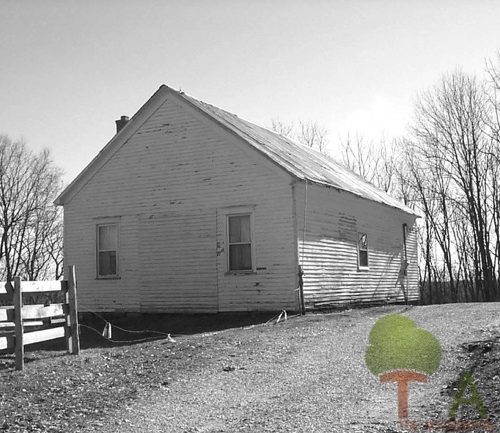The two-story, cherry red Dillard Mill sits overlooking the junction of the Huzzah and Indian Creeks in Crawford County. Alongside the mill, a waterfall spills into a huge reflecting pound. The overall site appears idyllic and well deserving of the title, “the mill on the hill.”
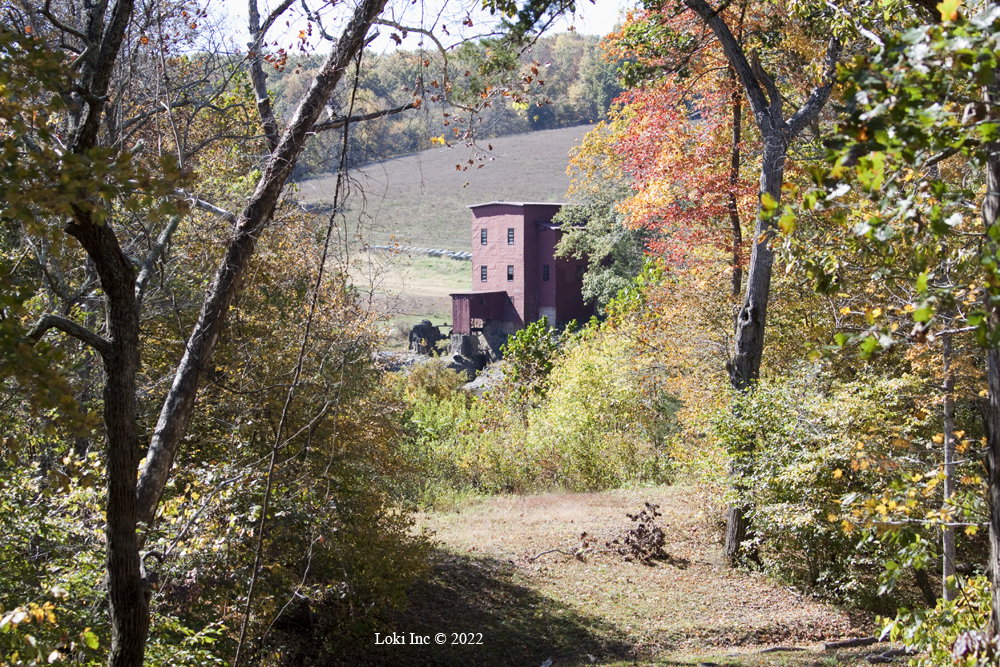
History of Dillard Mill
The history of Dillard Mill rivals its colorful exterior, because it speaks of adventure, romance and a disaster. The first mill on the site, Wisdom’s Mill, was built in the 1850s and soon became home to a small community named Dillard, after Joseph Dillard Cottrell. In 1887, a post office was established and 10 years later, the mill burned down.
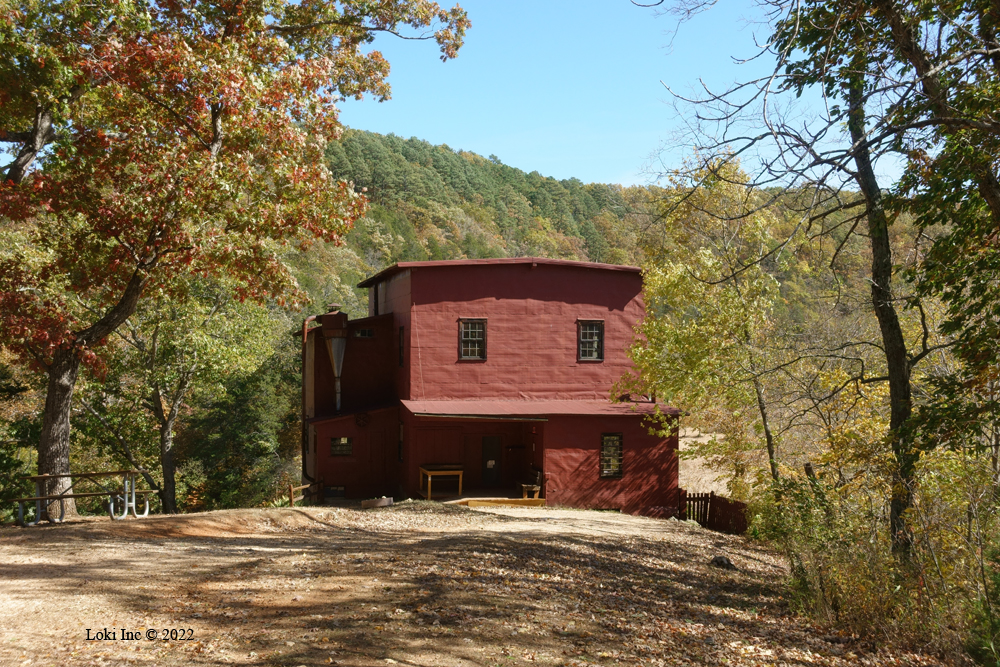
In 1900, two Polish immigrants, a brother-sister duo named Emil and Mary Mischke, bought the property. They immediately built a new mill, using some of the salvaged timbers from Wisdom’s Mill. The Mischkes then brought the mill up to current technological standards by installing steel roller mills instead of buhr stones for grinding. They also installed a turbine, and the mill opened for business again in 1908.
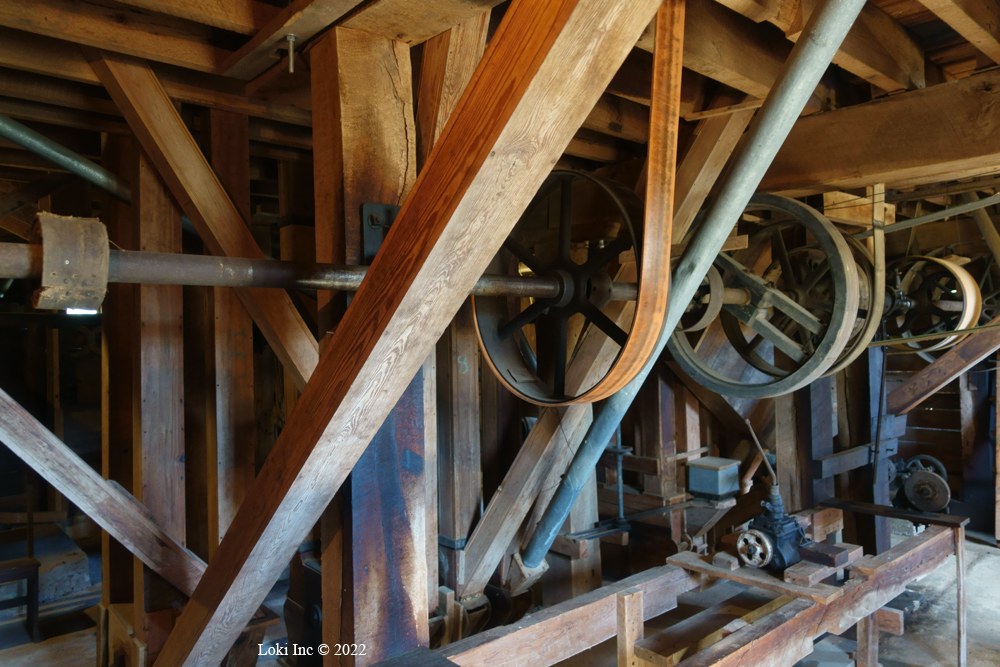
By 1917, the mill attracted farmers with their grain, and also touted a general store.
After Mary sold her portion to Emil, he ran the business for another 10 years. He must have been lonely, because at the age of 66, he did what a bachelor out in the sticks might do to find a wife – he paid for a mail-order bride from California.
The new Mrs. Mischke, however, was not enthralled with the Ozarks and the gristmill. After a few years, she convinced her husband to take her back to California.
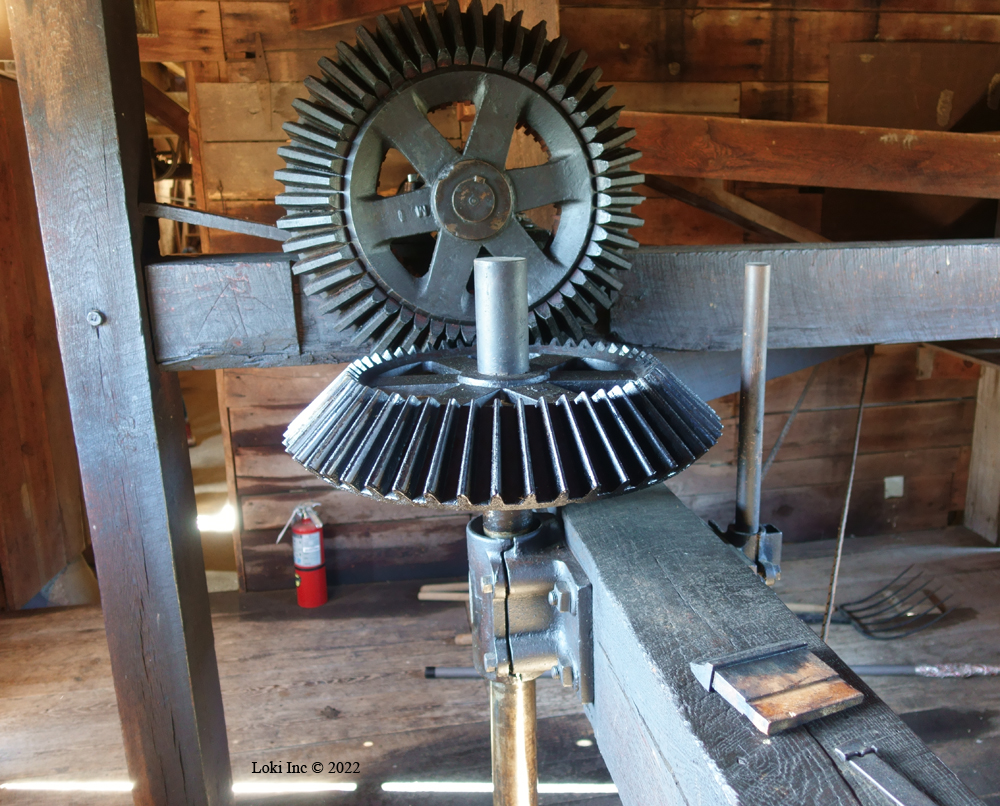
In 1930, Emil sold the mill to another entrepreneur, Lester E. Klemme. He continued milling flour and livestock feed. He also built cabins on the site and opened a resort called Old Mill Lodge. For a few dollars, a person could swim or fish in the pond, stay overnight in a cabin and eat with Klemme in his home.
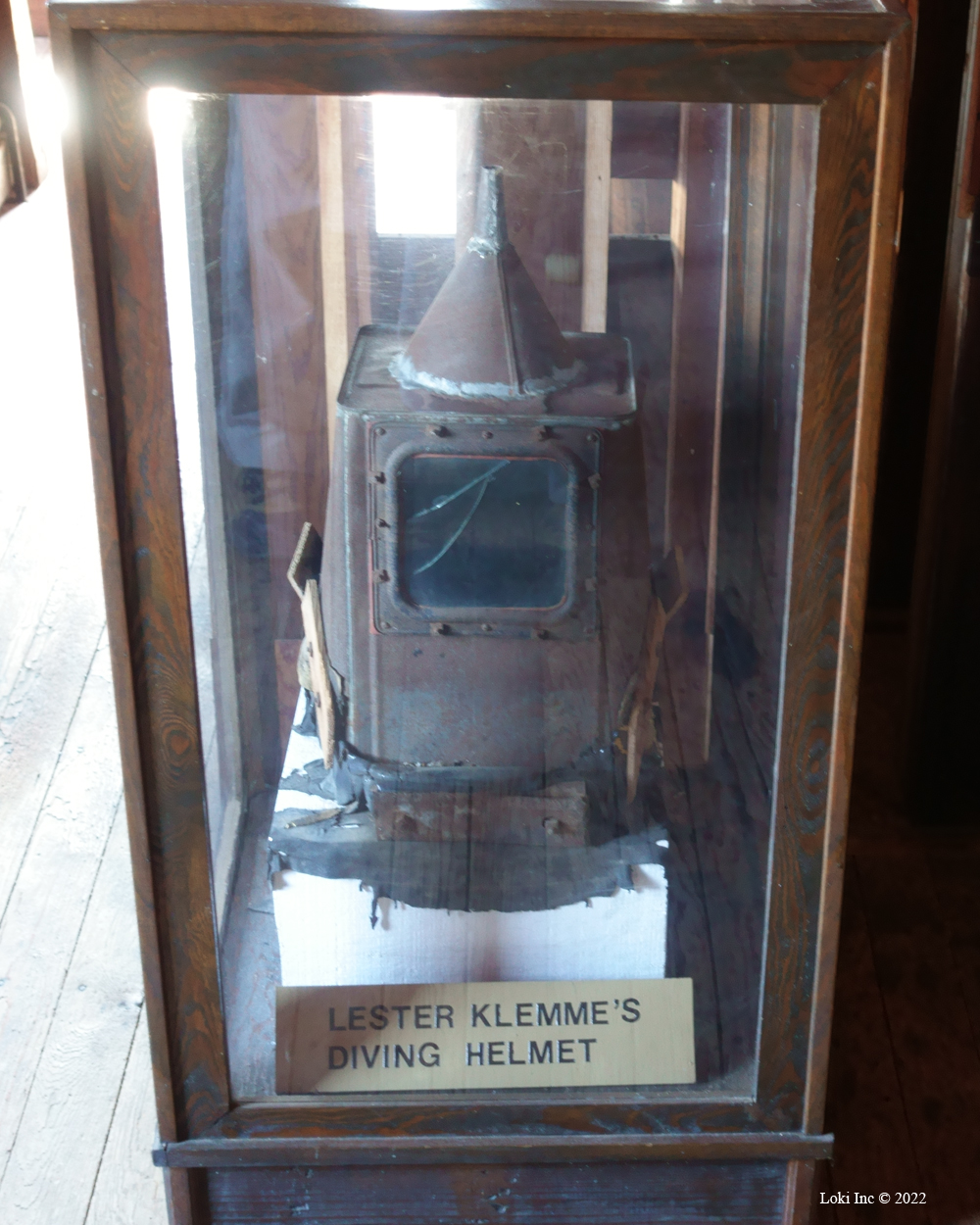
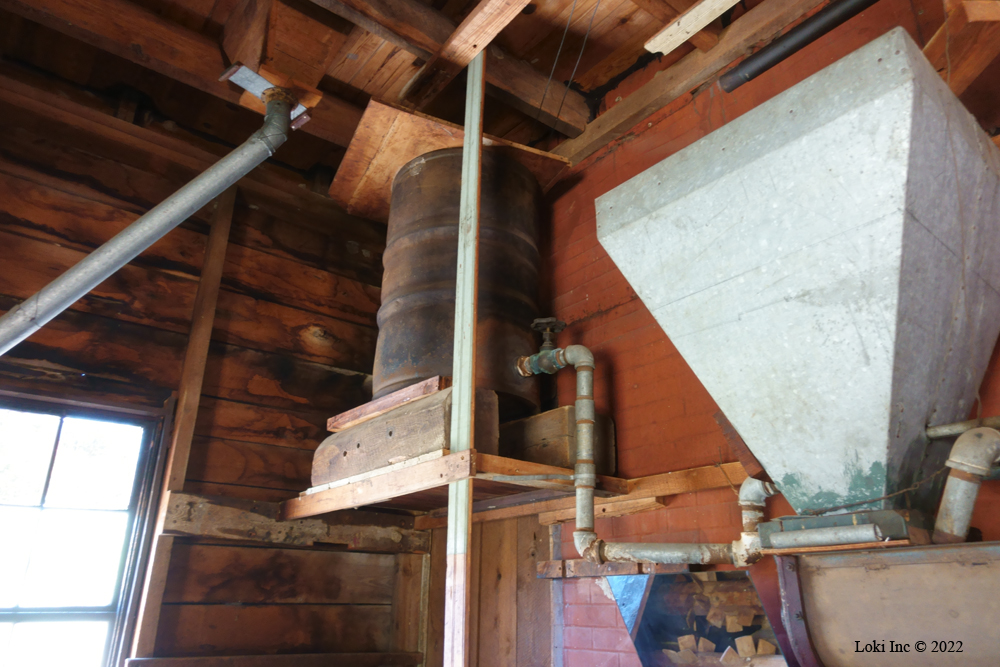
By 1957, across the nation gristmills began declining in operating, for various reasons — mainly technology advances and transportation changes. Kelemme shut down the milliong side of his business, but kept the resort open until the 1960s.
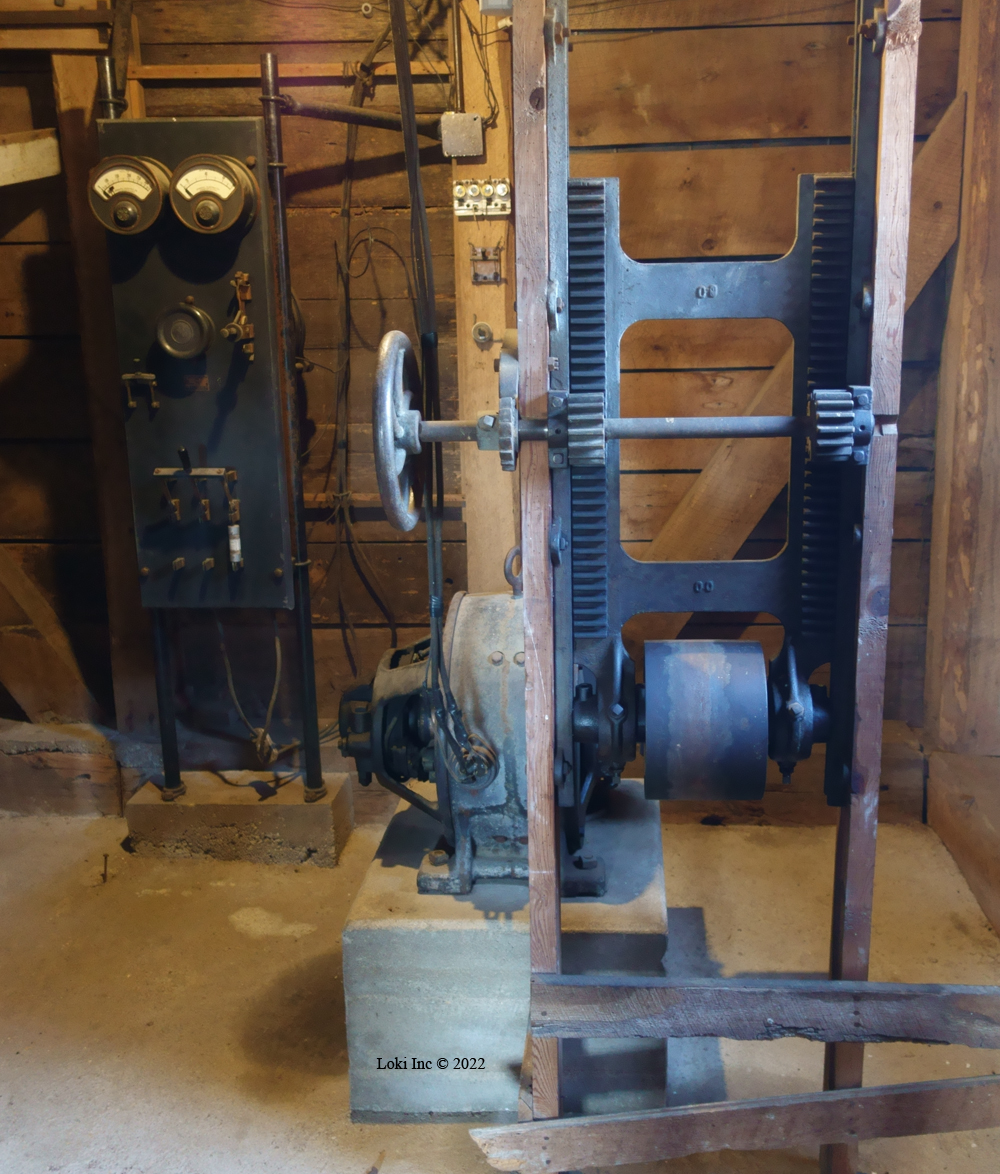
In 1974, Klemme sold the mill to the not-for-profit L-A-D Foundation. In 1975, the Foundation leased the mill, plus 132 acres to the Missouri department of Natural Resources. It is listed as a state historic site.
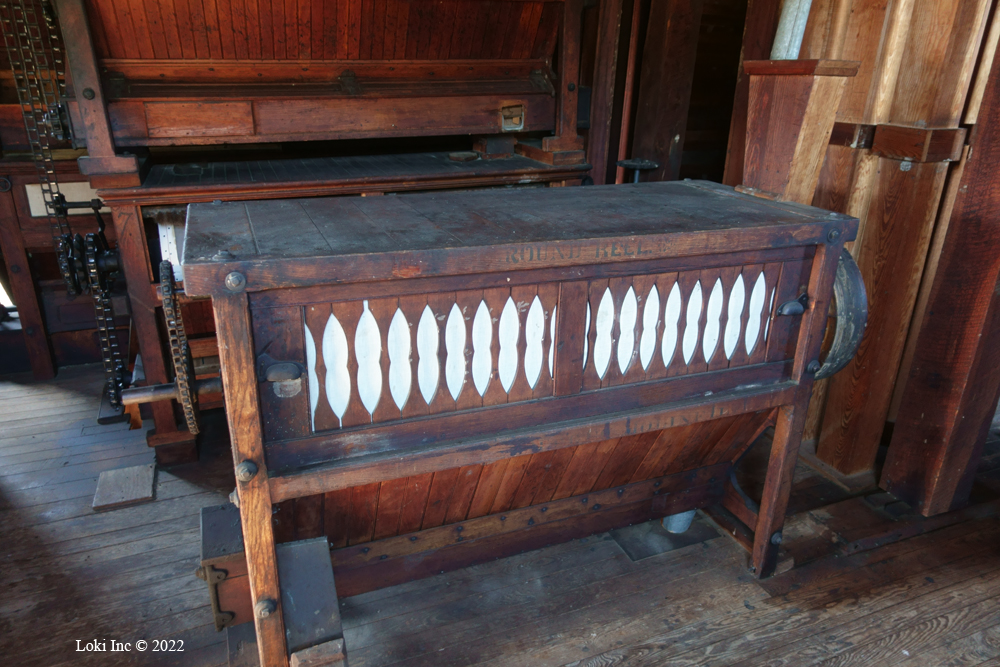
The machinery has not changed since it was last used in the 1950s, although on a recent trip we were told about a repair to one of the milling machines. The old machines, build in St. Louis, feature trap doors, elaborate metal catches, fancy knobs and hand-carved wooden paddles.
Visits to Dillard Mill
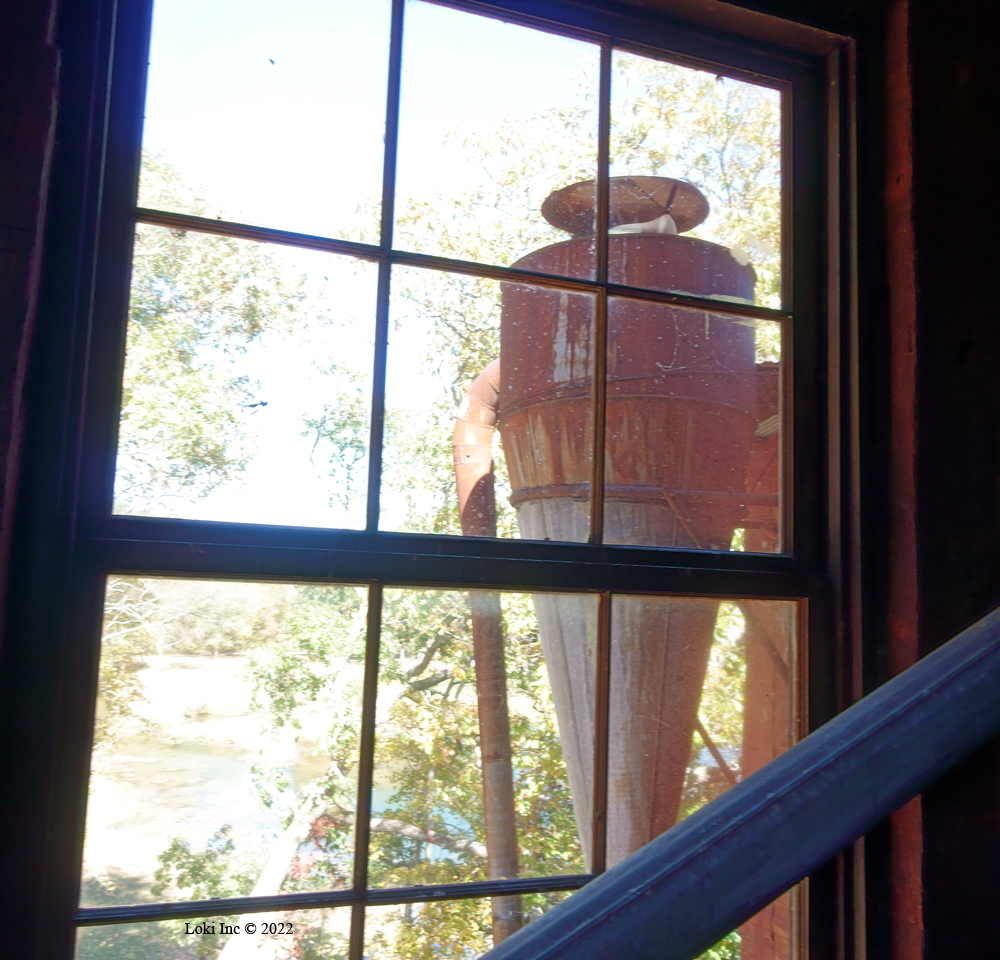
I first visited the mill back in 2000. Not much, if anything, has changed in 22 years. After walking through the mill that I hadn’t visited for more than 20 years, I could hardly wait to see it in action again. This is a rare thing, to be able to experience this – talk about a trip down Memory Lane. The old building came alive, with pumping and whitrring and banging. I think I saw the dust of the ages dancing in the air.
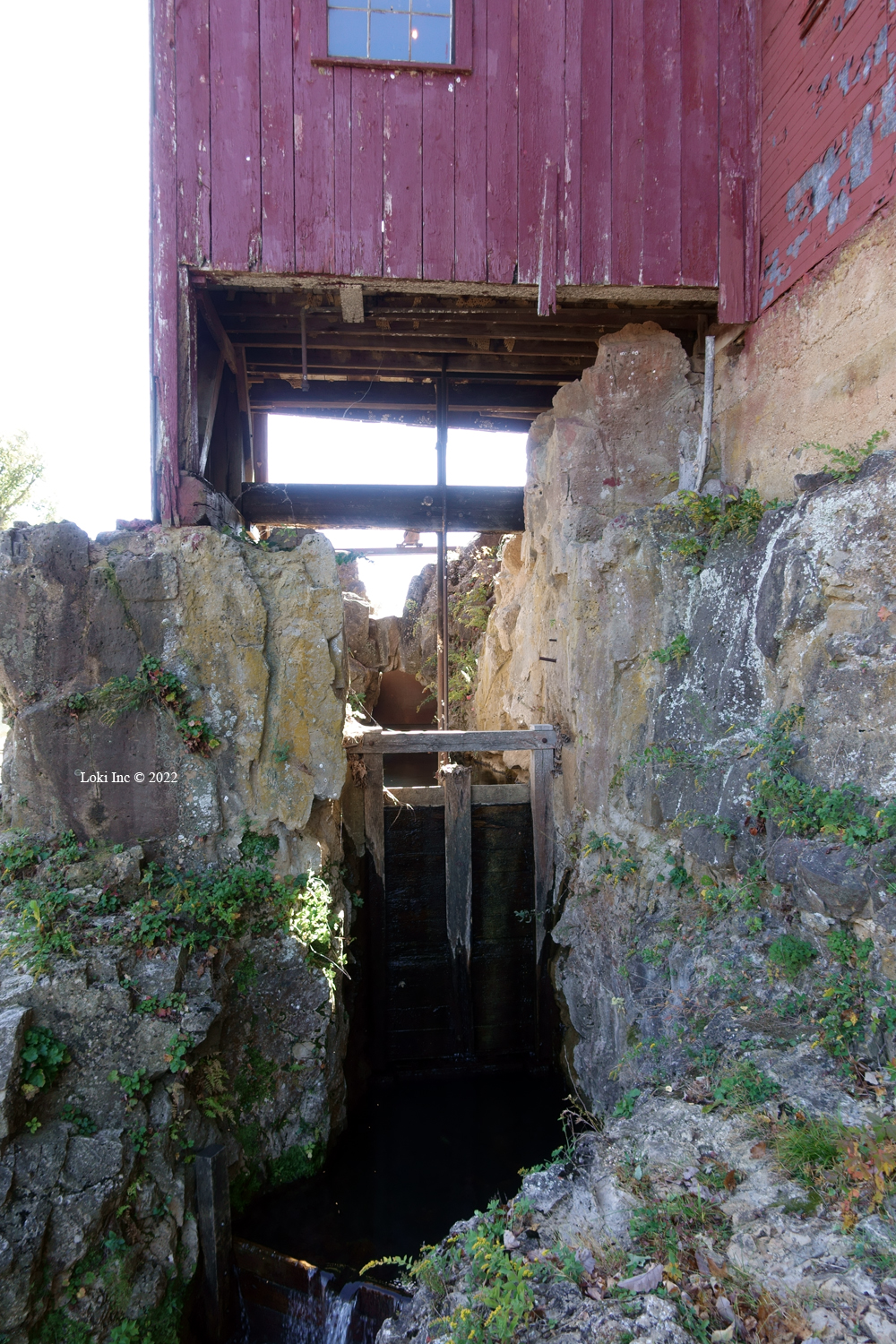
While this occurred, more than 2000 gallons of water per minute gushed through the turbine.
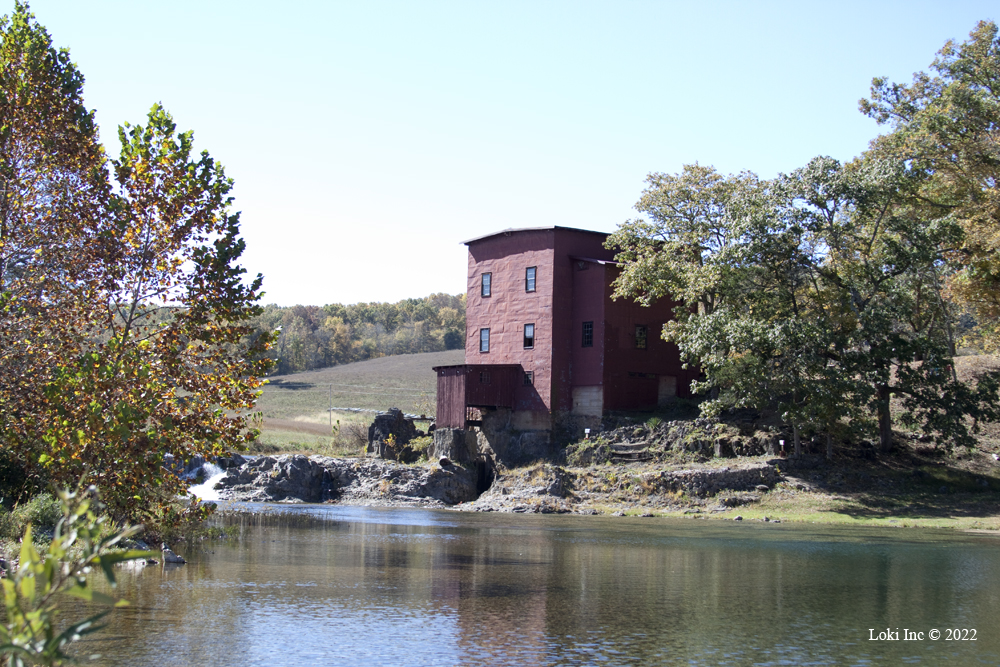
If you would like to visit Dillard Mill, follow Highway 19 to Cherryville and then take 49 to Dillard. Look for the signs. Tours are available, and the site offers fishing, Mill View Trail and picnic tables. For more information, visit the Dillard Mill State Historic Site website.


